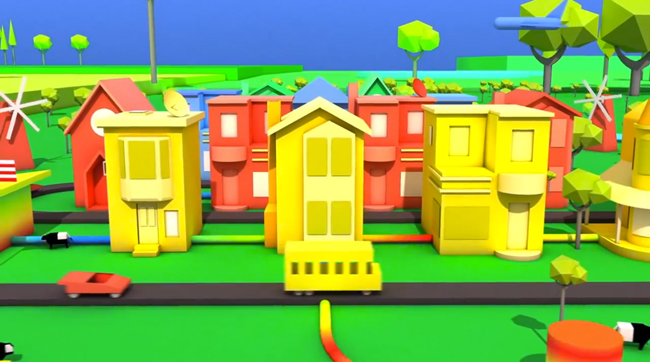
Go go Google Fiber! Coming on the heels of last week’s announcement that Google will build its Fiber service in Austin, Texas, the company announced Wednesday that Provo, Utah will be the third city in the U.S. to receive superfast Internet service. If you live anywhere besides Kansas City or Austin, you may be wondering, “Why Provo?”
Provo is home to numerous tech companies and startups including, Novell software, and Ancestry.com. Oddly enough, the city also came in first on a survey of community optimism in 2012. Maybe it was the city’s glass-half-full attitude that brought Fiber to fruition?
However, the immediate answer is that Provo is one of the easier places for Google to build its Fiber network. The company’s plan is to use the existing infrastructure from iProvo, a fiber-optic network originally built by the city that proved to be a money drain, and upgrade it to full Google Fiber connectivity. According to the Associated Press, Google is in talks to buy the $39 million municipal fiber-optic system for $1. Yep, just $1. On top of that, the AP reports that Provo will also have to pay off loans for the project’s construction for “another dozen years.” But, Provo thinks it’s getting a good deal since its current service wasn’t able to support itself. So, it appears that everyone in Provo wins.
The mayor of Provo, John Curtis, announced the Google Fiber deal on his blog earlier this week along with mentioning that it will have to pass a city council vote next Tuesday before the project is considered a done deal. However, we doubt that Provo’s city council will vote against it. Once the deal is complete, Google will begin building out the network.
Homes that are currently connected with iProvo will be upgraded to seven years of free 5 Mbps service from Google Fiber with a $30 activation fee. As Google has done in its other two connected cities, hospitals, public libraries, and schools will be connected to the full-speed Fiber service for free. Like Kansas City and Austin, Google will also sell gigabit Internet packages and bundled TV and Internet packages.
We’re willing to bet that Google’s going to increase the frequency of its Fiber announcements going forward, especially since AT&T announced a fiber network of its own in Austin last week and has plans to continue building out its fiber network. What city would you like to see get Google Fiber next?
[Originally posted 4/17/13 and updated on 4/19/13 to reflect Google’s $1 deal.]


